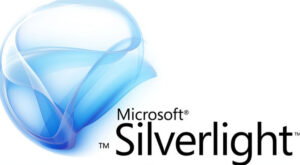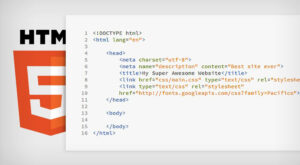
The landscape of web development has undergone a remarkable transformation over the years, and one of the defining characteristics of the modern internet is the era of dynamic content. Unlike the static web pages of the past, dynamic content-driven websites and applications have become the norm, revolutionizing the way users interact with and consume information online. In this article, we’ll explore the era of dynamic content in web development, its significance, and the technologies that drive it.
Static vs. Dynamic Content
In the early days of the internet, web pages were predominantly static. These static pages were composed of HTML and served the same content to all users. Any updates or changes required manual editing of HTML files, making the web a less interactive and engaging space.
The advent of dynamic content introduced a paradigm shift. Dynamic websites and applications utilize various technologies and data sources to deliver content that can change in real-time, adapting to user interactions, preferences, and data updates. Key features of dynamic content include:
- Personalization: Dynamic websites can tailor content to individual users based on their behavior, location, preferences, and history. This personalization enhances the user experience and engagement.
- Real-Time Updates: Information on dynamic websites can be updated in real time, ensuring that users always have access to the latest data, news, or events.
- Interactivity: Dynamic content fosters interactivity, allowing users to submit data, make selections, and engage with web applications, transforming the web into a two-way communication channel.
- Database Integration: Dynamic websites often rely on databases to store and retrieve data. These databases can range from simple file systems to robust relational databases and NoSQL data stores.
Technologies Driving Dynamic Content
Several technologies play a crucial role in powering the era of dynamic content in web development:
- Server-Side Scripting: Technologies like PHP, Python, Ruby, and ASP.NET allow developers to create dynamic web pages by processing data on the server before delivering it to the client’s browser. These languages enable database interactions, user authentication, and content generation.
- JavaScript: JavaScript is the quintessential client-side scripting language that enables dynamic interactions in the user’s browser. Libraries and frameworks like React, Angular, and Vue.js have significantly advanced client-side development.
- AJAX (Asynchronous JavaScript and XML): AJAX allows web pages to send and receive data asynchronously, without requiring a full page refresh. This technology underpins features like auto-complete search, real-time notifications, and dynamic updates in web applications.
- APIs (Application Programming Interfaces): APIs provide access to external data and services. Developers can integrate third-party APIs, such as social media, mapping, and payment gateways, to create rich, dynamic content experiences.
- Content Management Systems (CMS): CMS platforms like WordPress, Joomla, and Drupal enable non-technical users to create and manage dynamic content without writing code.
Significance of Dynamic Content
The era of dynamic content has fundamentally transformed the web in numerous ways:
- Enhanced User Experience: Dynamic content personalizes the user experience, making it more engaging, relevant, and interactive.
- Real-Time Information: Users can access the latest information, news, and updates without delay, making dynamic websites valuable sources of current data.
- E-commerce Revolution: Online shopping platforms leverage dynamic content to display product catalogs, user reviews, and real-time inventory, revolutionizing the e-commerce industry.
- Social Media Interaction: Social networks depend on dynamic content to display posts, comments, and notifications, fostering user engagement and connectivity.
- Collaborative Tools: Web applications like Google Docs, Slack, and Trello use dynamic content to facilitate collaboration, real-time editing, and communication.
- Data Visualization: Dynamic content allows the creation of interactive charts, graphs, and dashboards, enabling users to explore data visually.
Conclusion
The era of dynamic content in web development has ushered in a new age of interactivity, personalization, and real-time information. It has significantly improved the way we engage with the web, transforming it from a static information source into a dynamic, two-way communication platform. As technology continues to evolve, we can expect even more innovations in dynamic web development, further enhancing the user experience and expanding the possibilities of online interaction.



